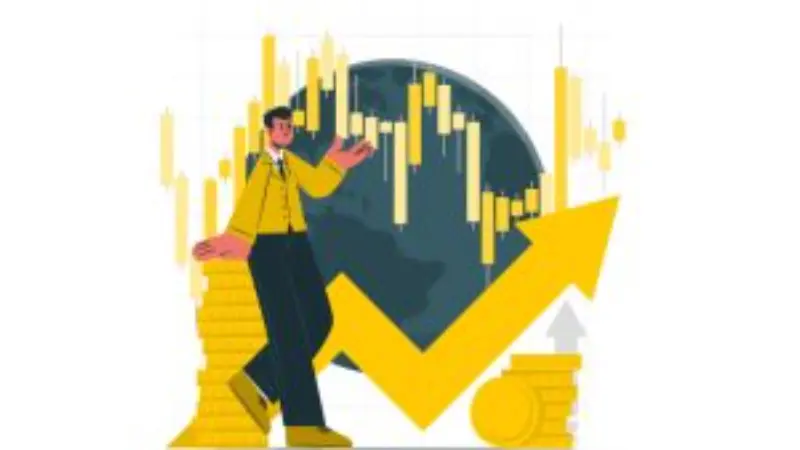
5 Tips to Become a Successful Trader
Predicting the next value of Bitcoin, that’s what it’s all about? Not! Making a profit by trading is the main income for some of us and the additional income for some of us. Some of us do this job as professional traders, taking salaries and maybe bonuses from other companies. At the end of the day, the work is the same, but the strategies can change a lot. In this article, we will try to share the strategies of those who do this job as amateurs, those who are professional traders. In fact, on the basis of strategies are created before buying. So we need to know what to do before we get it.Also, beginners, check out our article on the Five Best Cryptocurrencies You Can Buy and Sell to get to know the cryptocurrency world better! Let’s take a look at what are the 5 tips to become a successful trader!
1) How much will you keep the cryptocurrency you bought?
When you buy cryptocurrency, its maturity should be important to you. If you are going to sell at the end of the day, the fundamental analysis factors will not affect you, you will try to take advantage of the intraday volatility. Basically, it will be announced on that day, and it can also be sudden news. But when you buy, if you know when to sell, you can shape your investments accordingly. The most important thing is to remember that time has monetary value and to consider missed opportunity costs.
2) When buying, determine the price you want to sell at
Buying cryptocurrency is a fairly easy task. You can turn your cash into cryptocurrency with the push of a button. But the difficult thing is to sell it. Where will you get your profit? Will you take profit step by step? How much can you remove the damage? Is a stop loss necessary? If you trade these knowingly, you can see more clearly how much you expect to earn at what cost. Inferences such as it does not make sense to risk 20 percent for a 5 percent gain will push you to trade more accurately.
3) Returns are not everything!
The most common situation in crypto coins is the investors’ appetite for the returns in altcoins It is not right to evaluate the return alone. It is necessary to look at the return earned per unit of risk. In other words, 10 percent in Bitcoin and 10 percent in the low-volume altcoin are not the same advantage. Since Bitcoin is less volatile, the return per unit risk will be higher. Therefore, you should expect more returns on risky assets.
4) Everyone is a good trader in bull time!
Everyone talks about their successful trades when the markets are going up, but here it is the opportunity cost that you need to take into account. For example, if you earned 25 percent by buying and selling Bitcoin in a month when Bitcoin earned 30 percent, or if the top 30 cryptocurrencies earned 30 percent and you earned less from trading, you still did not trade well. Your comparison should be with the comparison, not the profit.
5) All-IN increases unexpected risks
If you invest all your money in a single cryptocurrency, you will be vulnerable to the unexpected risks associated with that cryptocurrency. It is important that you create a portfolio to avoid being affected by negative news about
Litecoin or Ripple It is also possible to reduce your risk from the correlation between crypto coins themselves. We have talked about the basic strategies that must be implemented to be a good trader. But let us remind you that an important characteristic feature that we have not mentioned so far is sound psychology, with the following quote of Mika Tyson.
Everybody Has a Plan Until They Get Punched in the Mouth
Everyone has a strategy until they get the first punch.